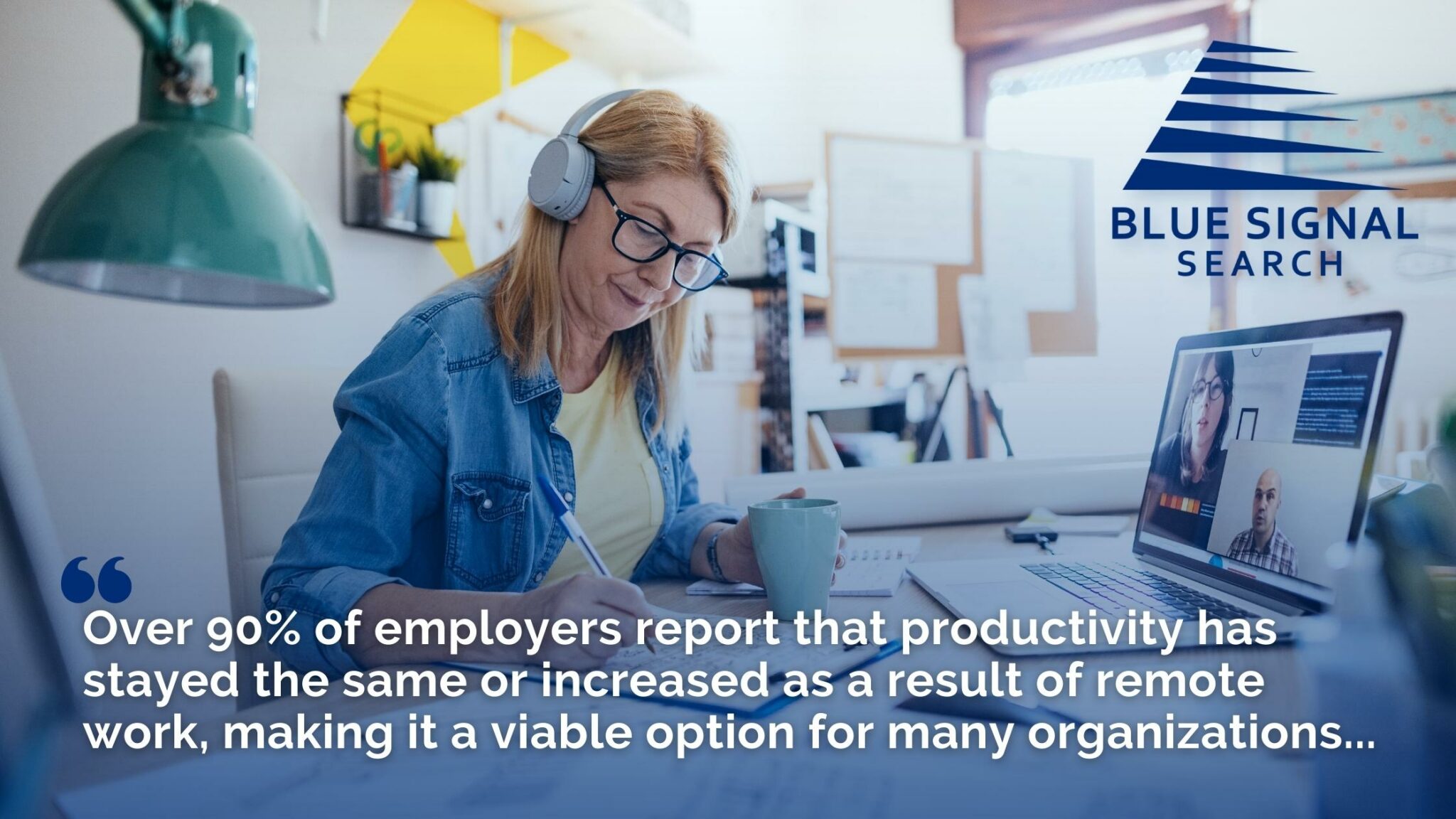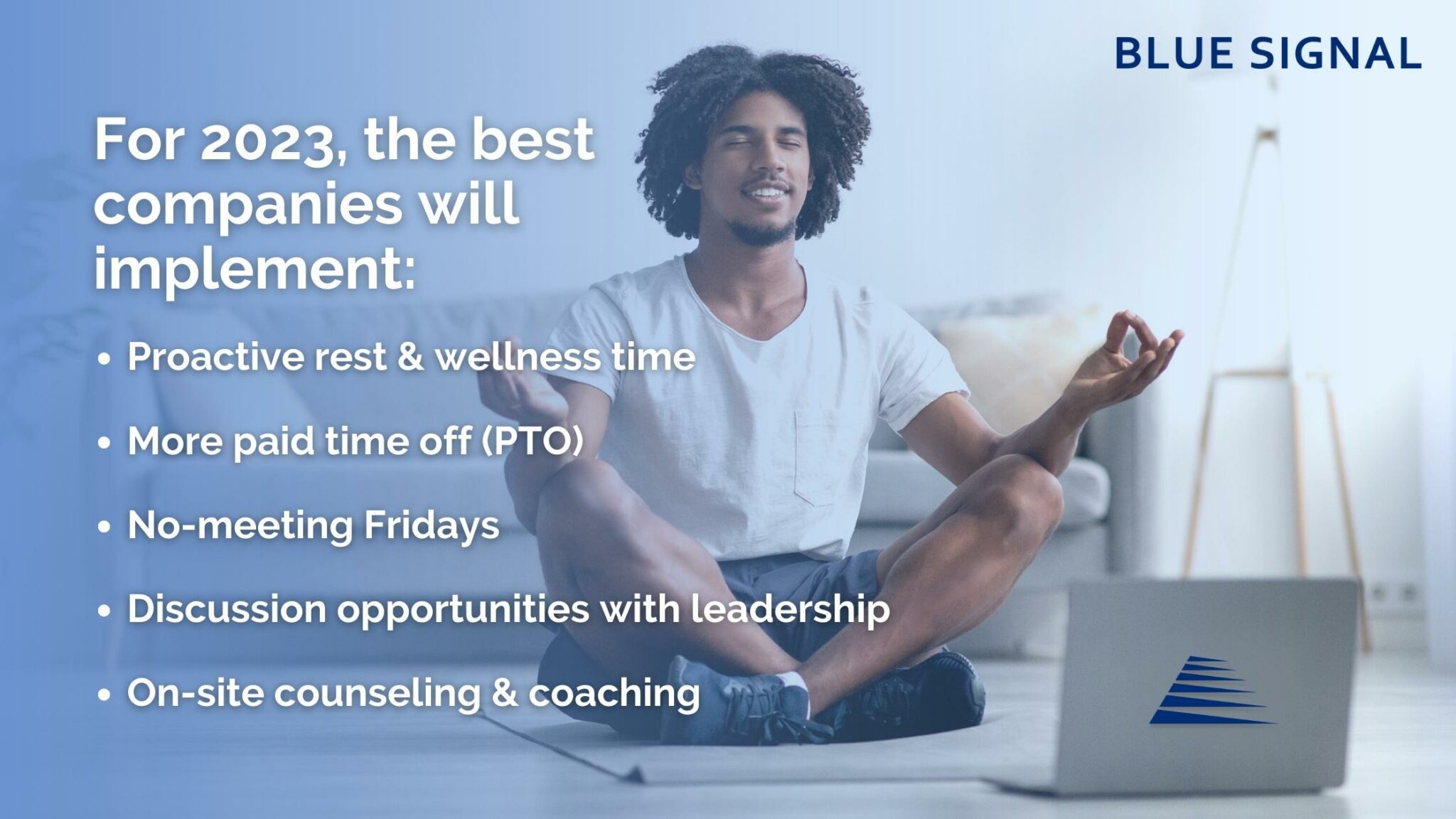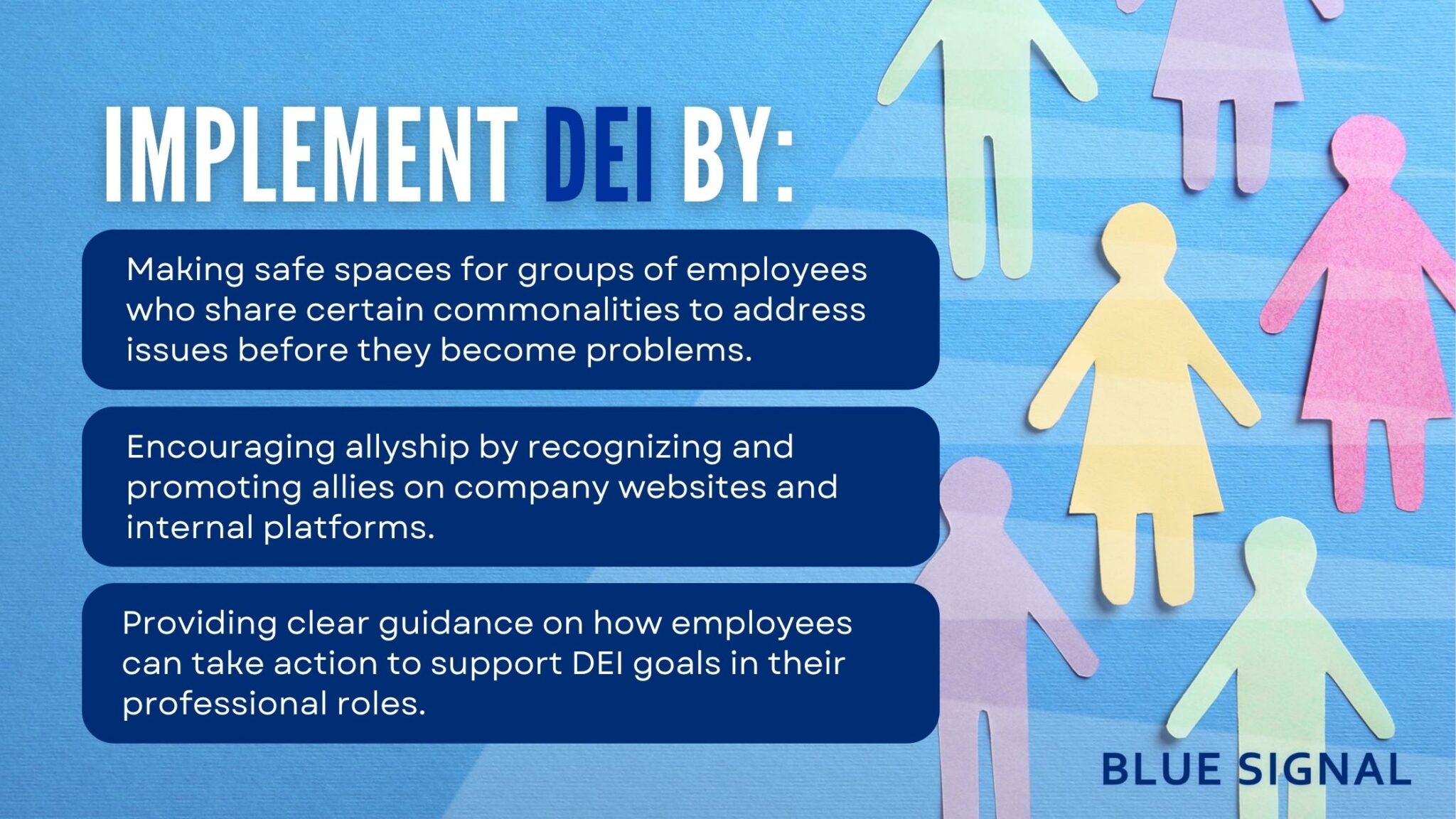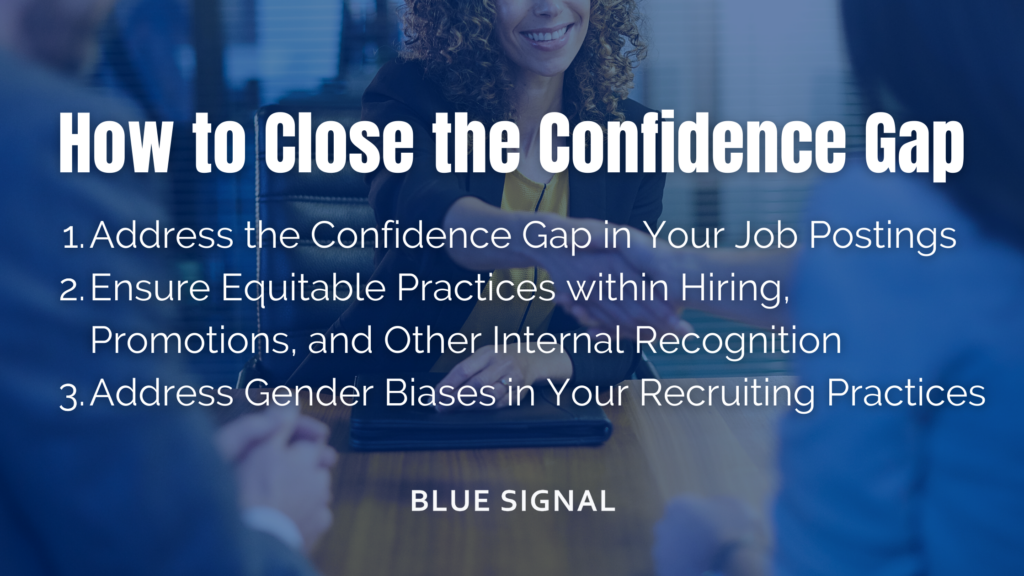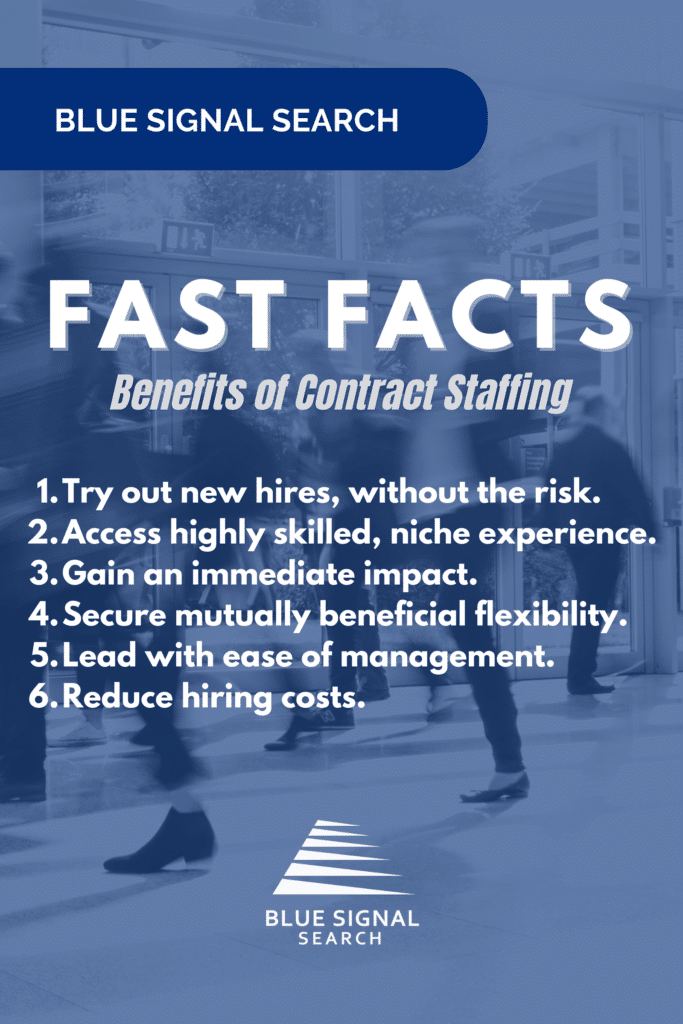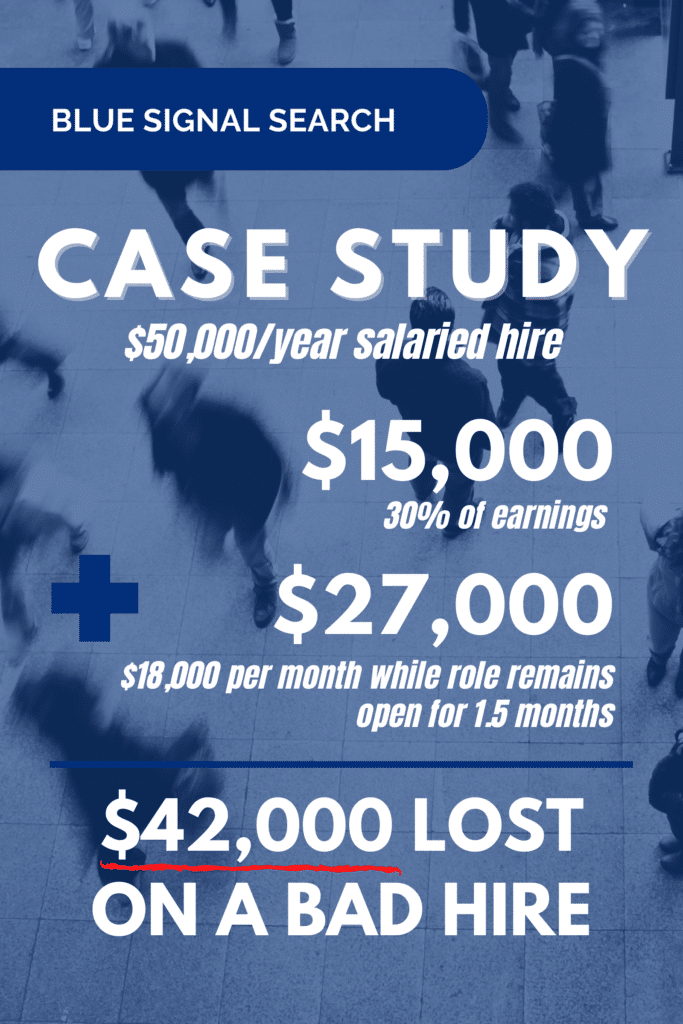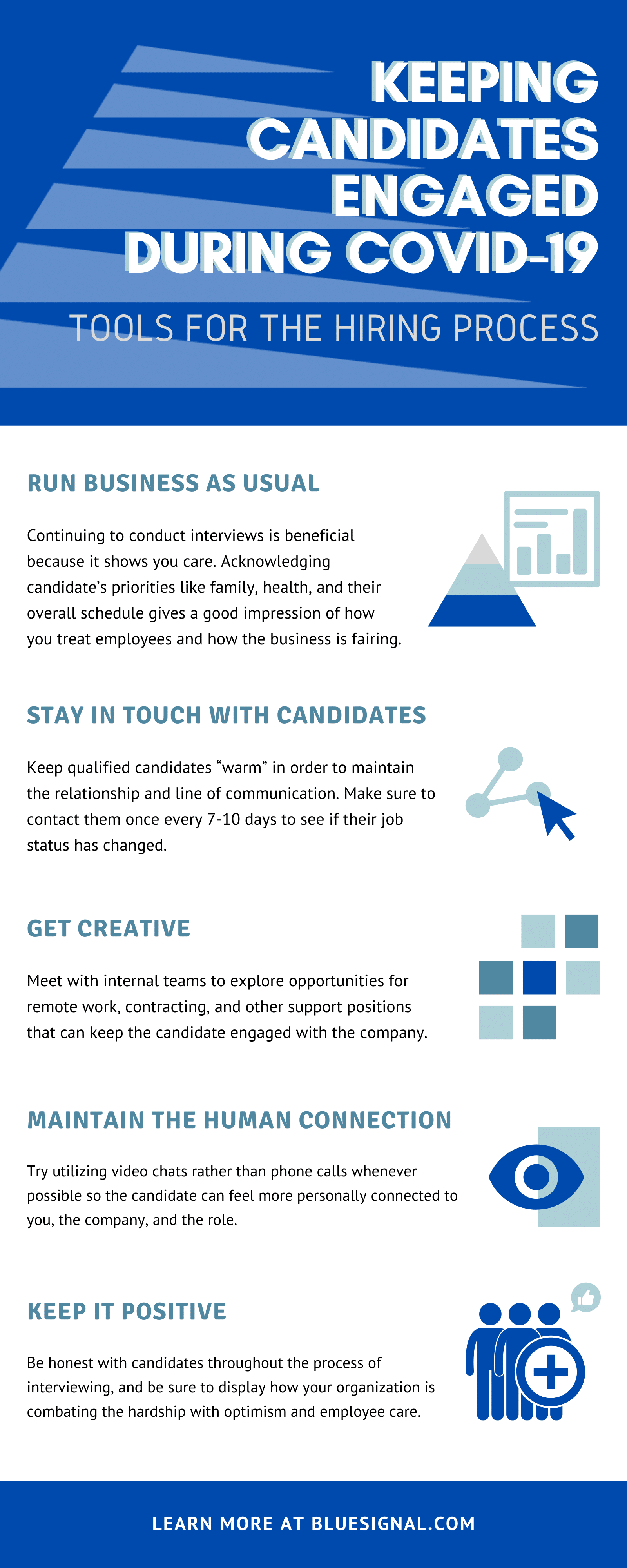Discover the current trends and insights in public cloud and managed services recruiting in this month’s edition of our Monday Market Share series. Join us as we sit down with an expert in the recruiting space, Jordan Lawhead, to uncover the hottest positions fueling this rapidly evolving industry. From platform architects to partner development managers and customer-facing engineers, we'll explore the key roles that drive success in today’s job market. Learn about the common challenges faced by companies in securing top talent and gain expert advice to successfully navigate this competitive hiring field. So, grab a seat as we unravel the secrets of success in public cloud and managed services recruiting, opening doors to endless opportunities for your organization.
Jordan uses his expert knowledge of the public cloud and managed services job market to answer the following questions:
- Name the top three positions in high demand for the public cloud and managed services job market.
- What challenges do companies commonly face when hiring for positions in the public cloud and managed services industry?
- What is your best advice for companies looking to hire in the public cloud and managed services space?
Read on to hear his responses or click on the video below!
What are the top three positions in high demand for the public cloud and managed services job market?
“The top three positions in high demand would be platform architects, partner development managers, and customer-facing engineers. The cloud has been around for a long time. However, this is relatively new to some clients. Customer-facing engineers are great for communicating technical needs and use cases to gain the comfort of the client. Platforms are also evolving all the time, which is why architects are crucial to stay ahead of that curve. There's a huge partner world within the public cloud arena, so partner development managers have been in very high demand as well.”
What challenges do hiring managers commonly face in the public cloud and managed services recruiting space?
“Some of the challenges companies commonly face when hiring would be competitive salaries, company culture, work-life balance, continued education, and overall investment in the employees. You need to sell the candidates. Each candidate is different. The company needs to pinpoint the motivators for making a move and sell the candidates on those motivators.
You need to be flexible with offers to get top talent and the offers that they desire. Top talent wants to feel like they are wanted and that you are selling them, not the other way around. Roll out the red carpet, as some might say.”
What is your best advice for companies looking to hire in the public cloud and managed services space?
“My best advice for companies hiring today would be, be careful with the specific skill sets you're requiring for talent. Being too specific could potentially eliminate top talent. You need to be purposeful in identifying the skills that candidates must have versus being able to teach some of the skills they might not have.
We at Blue Signal see companies being too specific, therefore eliminating other top candidates. By creating an environment of continued education and learning, candidates see a company that is willing to invest in them. This is extremely appealing to most candidates that we work with.”
Conclusion
In conclusion, gaining access to industry expertise in public cloud and managed services recruiting provides a competitive edge to attract the best talent for your company. Navigating the job market's challenges becomes more manageable with expert guidance, ensuring you find the perfect fit for sustainable growth. At Blue Signal, we have a deep understanding of the public cloud and managed services recruiting industry and are here to assist your company in finding the perfect talent to drive your success. Contact us today to explore how our team can support your recruitment needs and help you navigate the public cloud and managed services industry.
About Jordan Lawhead
Introducing Jordan Lawhead, Vice President at Blue Signal, and the recruitment powerhouse for public cloud and managed services talent. His laser focus on cloud technologies, managed IT services, and technical sales makes him a true expert in the field. Hiring managers seeking top-notch candidates can count on Jordan's extensive industry knowledge and exceptional track record. With a passion for building meaningful client-candidate connections, Jordan delivers outstanding results for your recruitment needs. Ready to elevate your hiring process and find the best talent? Explore Jordan's recruiter bio page to see how he can fuel your company's growth today!
Partner with us for your next hire.
Set up a free consultation with a recruiting manager. Tell us about your hiring need.
By submitting this form, you consent to receive communications from Blue Signal, including phone calls, emails, and text messages.
